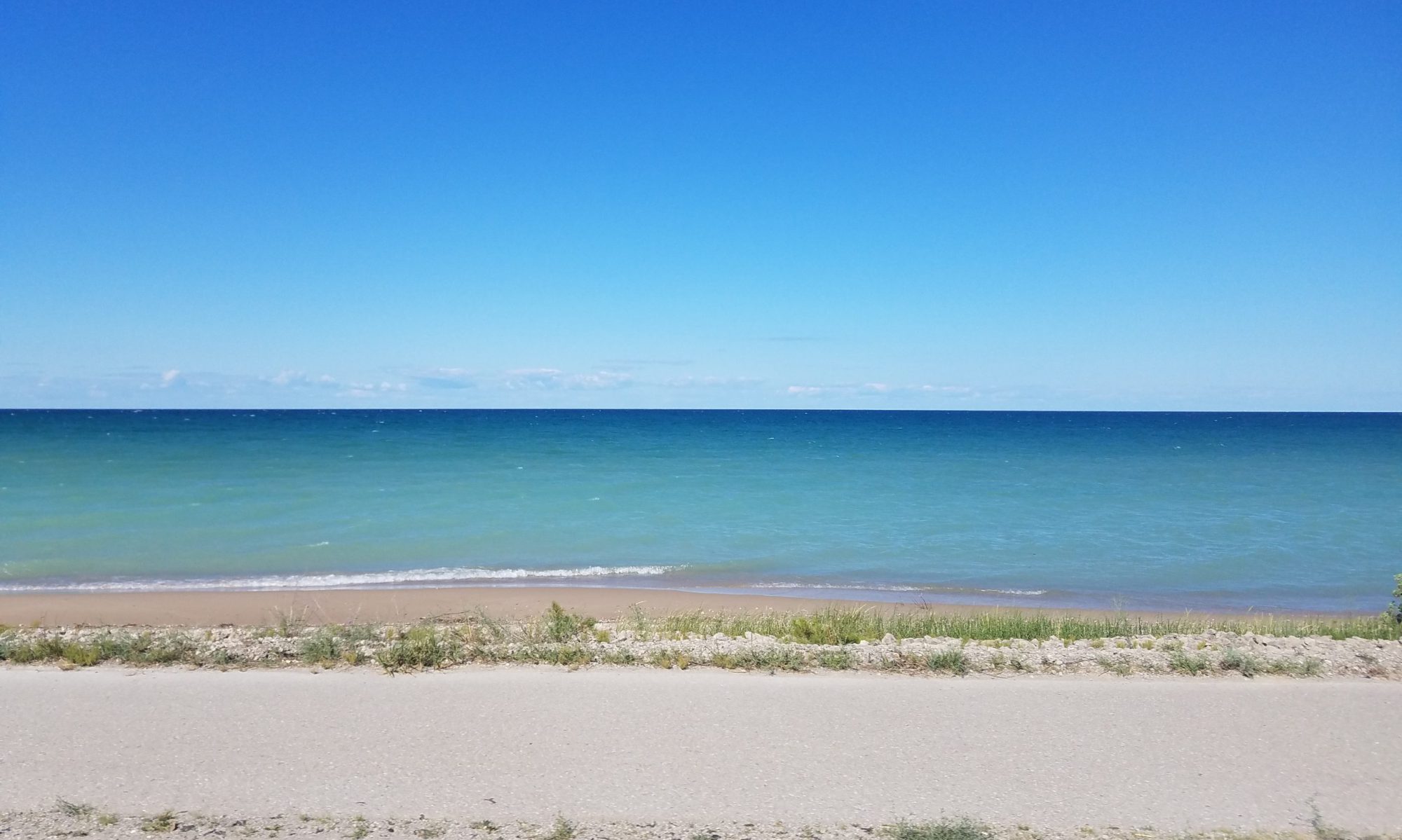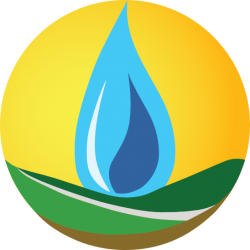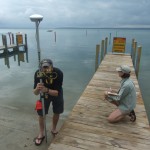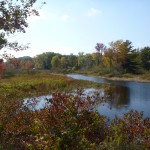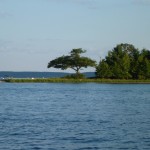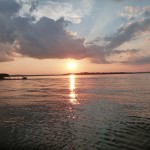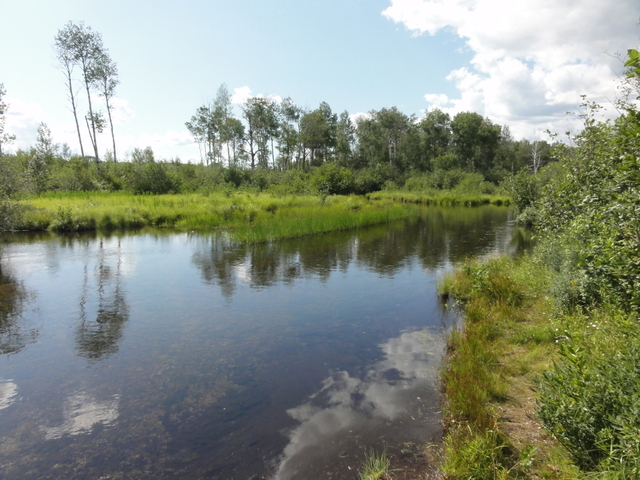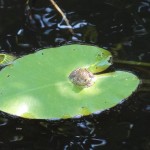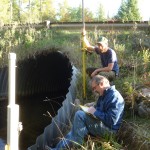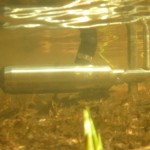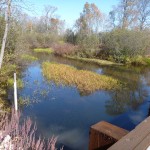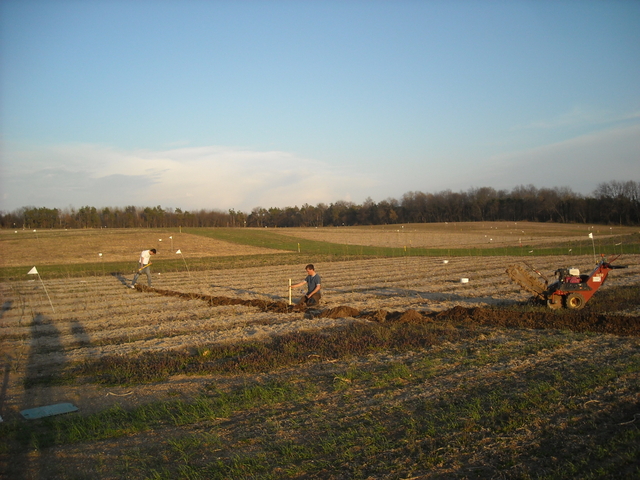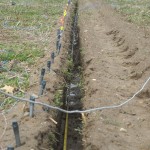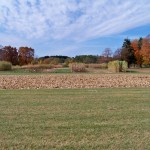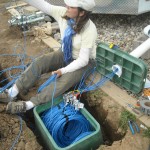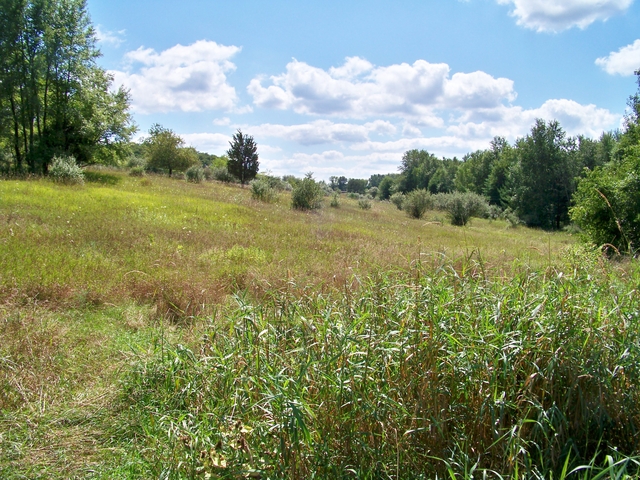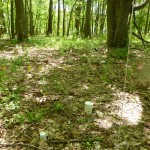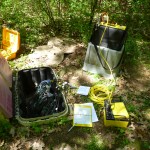Higgins Lake is at the headwaters of a system of rivers and lakes in the heart of the Lower Peninsula of Michigan. Residents and users of the Higgins Lake and Cut River system are keenly aware of the value of their resources, and are concerned about protecting the water quality, ecological integrity, and recreational use of the Higgins Lake and Cut River. Researchers at MSU and UM are investigating the sensitivity of the lake to future change, in an attempt to limit future negative impacts to homeowners and others who rely on the lake for its recreational opportunities and natural beauty.
We would like to thank the Michigan State Department of Natural Resources and the Higgins Lake Foundation for their support of our work in the Higgins Lake and Cut River system.
